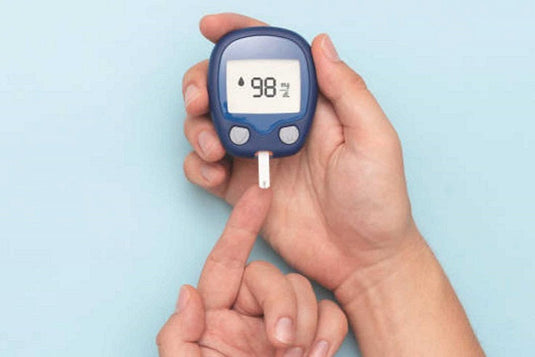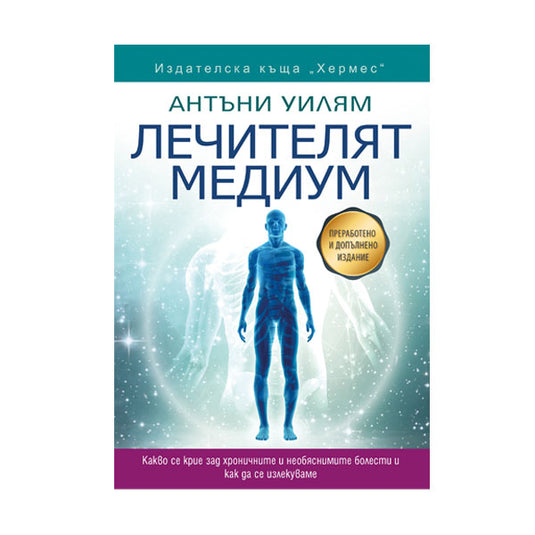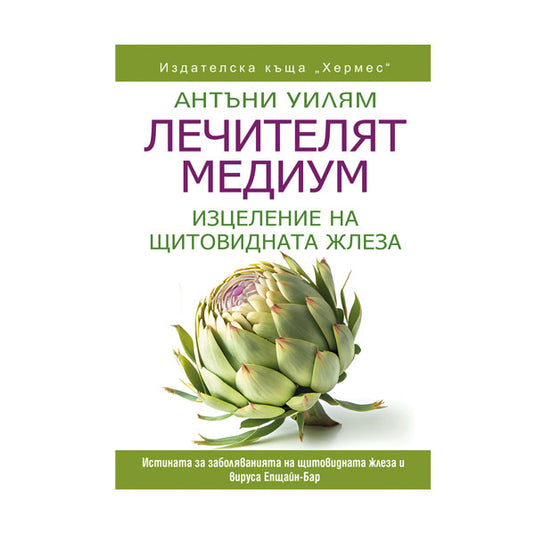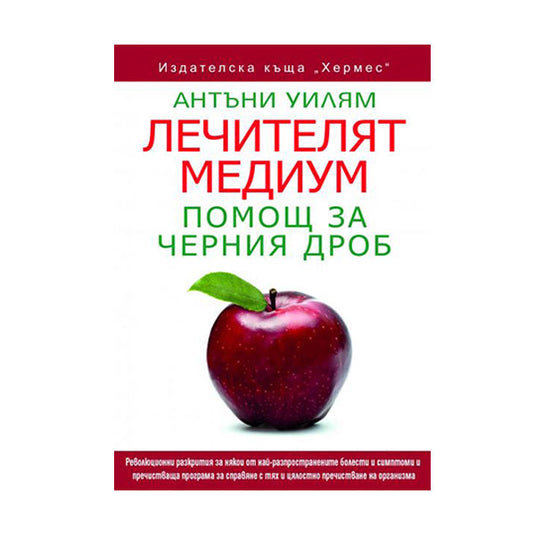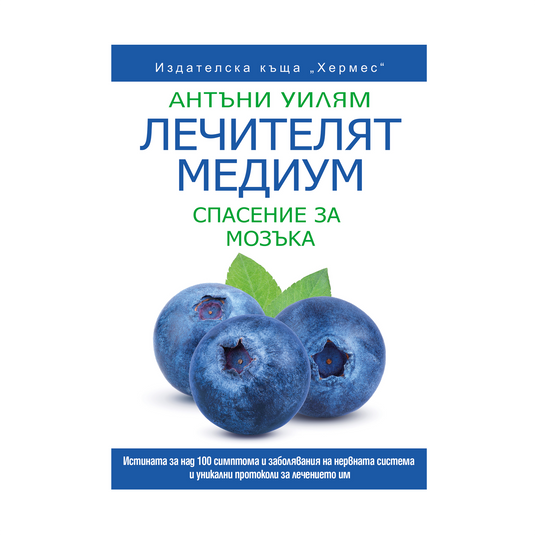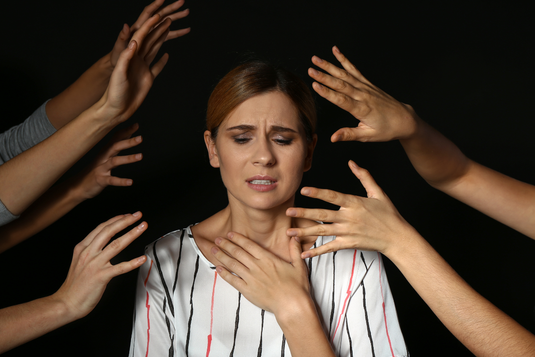The main fuel for our bodies is glucose – a sugar that provides all cells with the energy they need to function, heal, grow and thrive. Glucose keeps us moving and alive. The central nervous system, as well as every organ in the body, including the heart, run on it. Glucose is what we use to build and maintain muscle and performs vital functions, such as repairing damaged tissues and cells.
When you eat food, your body breaks down the sugars in it into glucose and puts it into your bloodstream so it can reach all your cells. But your cells don't have direct access to all the glucose. They need help from your pancreas, which is a large endocrine gland located behind your stomach. How much help your cells need depends on the combinations of foods you eat.
Your pancreas constantly monitors your blood flow. When it detects a rise in glucose levels, it responds by producing a hormone called insulin. Insulin binds to your cells and signals them to open up and absorb glucose from your blood. In this way, insulin allows your cells to get the energy they need and keeps your blood glucose levels stable.
If there is more glucose in your blood than your cells can use—for example, if you ate a particularly heavy meal (like pork ribs slathered in syrupy barbecue sauce; in other words, a lot of fat combined with sugar)—insulin directs the extra glucose to be stored in the liver. At a later time, when glucose levels drop—for example, between meals or during intense physical activity—the liver will release the stored glucose for use by your cells. This happens if your liver is strong and functioning normally.
This is normally an efficient system for making optimal use of glucose. However, it starts to go haywire if the pancreas can’t produce enough insulin when it’s needed. It also goes haywire if some of your cells refuse to let insulin attach and open the cells to take in glucose because there’s too much fat in the bloodstream that’s interfering with this process – this is the real cause of insulin resistance. Another thing that can go haywire is if the liver becomes sluggish, sluggish and dysfunctional, meaning it can no longer store glucose or release it properly.
When any one or all of these problems occur, the cells don't remove enough glucose from the blood. The body will excrete some of the excess glucose in the urine, which can cause you to urinate more often, and also make you dehydrated and thirsty. This isn't the sugar (your glucose)'s fault. It's a result of how much fat is in your bloodstream. Although sugar is excreted and flushed out through urine, technically the thirst is due to the fat in your blood causing dehydration. Also, in most cases, when fat is consumed along with sugars, it is accompanied by excess salt, and salt also plays a role in the dehydration process.
If your pancreas doesn’t make enough insulin when your body needs it, and/or if you experience insulin resistance, and if these problems lead to extremely high blood glucose levels, you are at risk for type 2 diabetes. While medical research and science are aware of prediabetes, the precursor to type 2 diabetes, they don’t know that there are even earlier stages: prediabetes, pre-prediabetes, and even pre-pre-prediabetes. These earlier versions of prediabetes occur as the liver begins to stagnate and slow down from a high-fat diet and is unable to store glucose as it should. At the same time, a prediabetic liver condition may also be seen. The earlier stages of both diabetes and fatty liver may go unnoticed.
Medical professionals do not know why type 2 diabetes occurs. This is evident in the diets that doctors and nutritionists recommend for diabetics. If they knew what was really happening in the bodies of these patients, they would offer very different nutritional advice. While doctors correctly understand some elements of treatment, they are unable to offer an understanding of how or why this disease begins.
In both parts of this article, you will learn what exactly causes type 2 diabetes. It will also explain how insulin resistance occurs, as well as what hypoglycemia is and how to restore balance to your system so your body has a chance to heal itself.
Symptoms of type 2 diabetes
If you have type 2 diabetes, you may experience one or more of the following symptoms. (Keep in mind that it's possible to be in the early stages of diabetes and not experience any symptoms.)
- Unusual thirst, dry mouth, frequent urination: This is due to a body overloaded with fat. Too much free-floating fat is retained in the liver, lymphatic system, and bloodstream from a long-term high-fat diet. Fat in the bloodstream prevents water from being easily absorbed into the bloodstream and becoming useful. Another reason is that due to insulin resistance, which prevents sugar from entering the cells, your body uses up water to excrete excess glucose through urine. These effects of a high-fat diet can cause thirst, dry mouth, and frequent urination. (Excessive salt consumption usually accompanies high-fat consumption, although these symptoms can occur without salt.)
- Blurred vision: The central nervous system needs glucose to function optimally. If insulin resistance persists due to a high-fat diet, blurred vision may occur intermittently or permanently. It doesn't help that when you're dehydrated, water can be pulled away from the lens of your eye to help flush out excess glucose.
- Unusual hunger: the reason is that your cells are not getting all the glucose they need to feed themselves, as fat prevents glucose from entering the cells.
- Fatigue and irritability: This is because you are not getting the energy you normally get when your cells are fully charged with glucose. Keep in mind that there may be another condition, such as a low-grade viral infection, that is causing fatigue in addition to insulin resistance, prediabetes, or type 2 diabetes.
- Digestive problems: The pancreas not only produces insulin, but also enzymes that help the body break down food. If your pancreas isn’t working properly, it can lead to a lack of not only insulin but also enzymes, which can make it difficult to digest food. Enzyme deficiencies aren’t usually the worst thing. It’s more difficult when your liver is weak, sluggish, or sluggish and doesn’t produce enough bile to break down fats. This puts a strain on your stomach glands, causing them to overproduce hydrochloric acid, which can weaken the glands. When your liver is stronger and healthier, it puts less strain on your pancreas.
- Hypoglycemia: These energy crashes—blood sugar drops that occur as often as every two hours—are the result of a weak liver and underactive adrenal glands. When the liver is sluggish and sluggish, it can reach a point where it can no longer store glucose, meaning it can’t release glucose into your bloodstream when your blood sugar drops. Instead, your adrenal glands have to overcompensate for the drop in blood sugar—when your blood sugar drops, adrenaline increases to replace it as fuel, which over time weakens your adrenal glands. People who do intermittent fasting incorrectly end up damaging and weakening their adrenal glands because they’re running on adrenaline instead of glucose. (Read more about intermittent fasting in “Cleanse for Health” )
See the continuation of the article in "Anthony William's Tips for Type 2 Diabetes and Hypoglycemia (Part 2)" .
